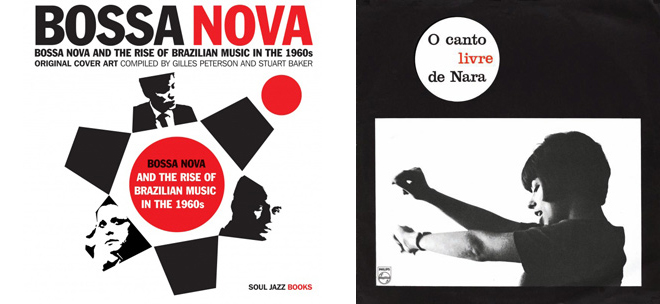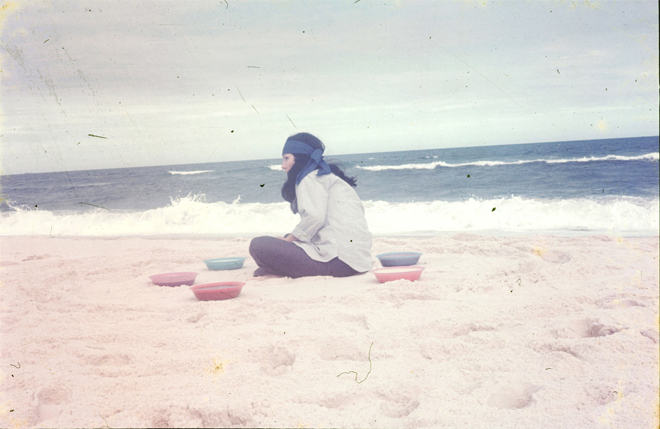As a co-founding member of Neo-Concretism, artist Lygia Pape was at the forefront of the emerging contemporary art scene in Fifties Brazil. In 2004,
Pape passed away aged 77 and her contribution has since been recognized at a major retrospective at the Reina Sofia in Madrid, a version of which is currently at the Serpentine Gallery.
Magnetized Space conveys the heat and rhythm of Pape’s life work, consisting of early drawings and poems from her Concrete period as well as later works which concentrated on the depiction of emotion and sensation and fellow artist Hélio Oiticica described as permanently open seeds.
Tonight, Guy Brett, a writer and curator who knew the artist personally, will talk through a selection of her films and her process behind them, all in the context of the Brazilian avant-garde’s history. It’s a chance to remember an often forgotten Twentieth Century revolutionary, whose work playfully and skillfully mediated the politics and aesthetics of Brazilian society.

Lygia Pape: Film Work Talk by Guy Brett Thursday 12 January 2012, 7pm at the Centre for Possible Studies, W1U 8HR
Magnetized Space is at the Serpentine until 19 February 2012
serpentinegallery.org
Tags: Brazil, Guy Brett, Helio Oiticica, Lygia Pape, Magnetized Space, Neo-Concretism, Serpentine Gallery
Soul Jazz Records founder Stuart Baker and tastemaker Giles Peterson have put together a stunning visual history of the Brazilian bossa nova scene. Bossa Nova and the Rise of Brazilian Music in the 1960s features cover artwork, artist’s biographies and essays on a musical movement that’s a fascinating insight into the changing social climate of Sixties Brazil.
As Rio developed into an urban society, with ‘apartment living’ and consumer goods, bossa nova projected an image that was modern, sophisticated and cool. At the time Brazil’s newly elected president promised the country, “fifty years of progress in five.”

It was the modernist architecture of Oscar Niemeyer, which dominated this fresh vision of the capital, that inspired much of the bossa nova movement’s cover art. The record sleeve designs, like the country, were radical, innovative and exciting. While Bossa Nova quickly became a musical phenomenon with Astrud Gilberto and Stan Getz’s The Girl from Ipanema an international hit, by 1964 the period of Brazilian optimism was spent, and the country fell under the rule of a violent military dictatorship that would affect the lives of ordinary Brazilians – and the music – for the next 20 years. More than another graphic sourcebook of sublime modernist design for your coffee table, Bossa Nova and the Rise of Brazilian Music in the 1960s, is a snapshot of the vivacious bygone era behind the beat.
Bossa Nova and the Rise of Brazilian Music in the 1960 is available now from, Soul Jazz Records, and the accompanying album will be on sale from the 24th January.
Tags: Bossa Nova, Brazil, Giles Peterson, Oscar Niemeyer, Soul Jazz Records, Stuart Baker






 Twitter
Twitter
 Tumblr
Tumblr
 YouTube
YouTube
 Facebook
Facebook
 Instagram
Instagram
